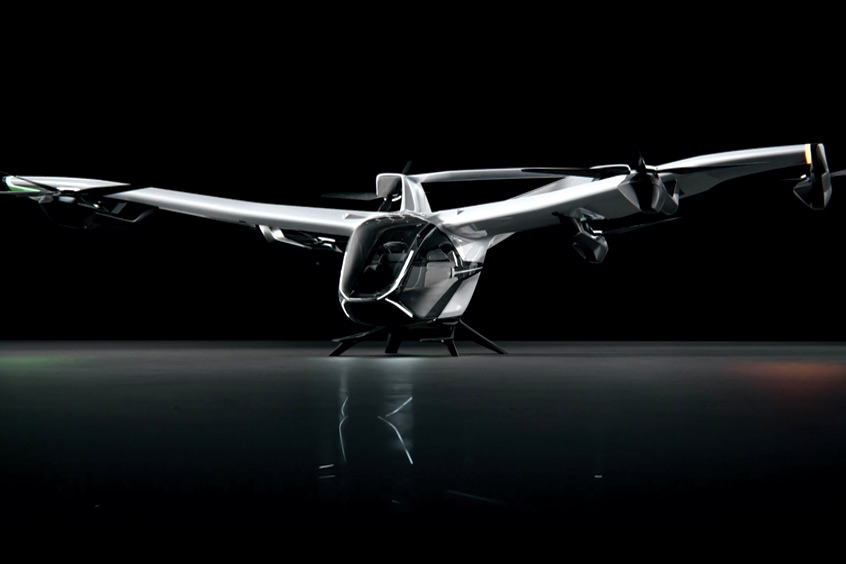ACE 2026 - The home of global charter.
 The bimonthly news publication for aviation professionals.
The bimonthly news publication for aviation professionals.

Airbus has announced plans for a new CityAirbus at the company's first #AirbusSummit on ‘Pioneering Sustainable Aerospace’ as the emerging UAM market begins to firm up. Ushering in the next generation of CityAirbus, the fully electric vehicle is equipped with fixed wings, a V-shaped tail and eight electrically powered propellers as part of its uniquely designed distributed propulsion system. It is designed to carry up to four passengers in a zero emissions flight in multiple applications.
“We are on a quest to co-create an entirely new market that sustainably integrates urban air mobility into the cities while addressing environmental and social concerns. Airbus is convinced that the real challenges are as much about urban integration, public acceptance and automated air traffic management, as about vehicle technology and business models. We build on all of the capabilities to deliver a safe, sustainable and fully integrated service to society,” says Bruno Even, Airbus Helicopters CEO.
CityAirbus is being developed to fly with a 80 km range and to reach a cruise speed of 120 km/h, making it perfectly suited for operations in major cities for a variety of missions.
Sound levels are a key factor for an urban mission; Airbus' extensive expertise in noise-friendly designs is driving CityAirbus' sound levels below 65 dB(A) during fly-over and below 70 dB(A) during landing. It is optimised for hover and cruise efficiency, while not requiring moving surfaces or tilting parts during transition. The CityAirbus NextGen meets the highest certification standards (EASA SC-VTOL Enhanced Category). Designed with simplicity in mind, CityAirbus NextGen will offer best-in-class economic performance in operations and support.
Airbus is benefitting from years of dedicated research, innovation, two eVTOL demonstrators and development on sound technology across its portfolio of products, as well as decades of experience in certifying aircraft. The Vahana and CityAirbus demonstrators have jointly conducted 242 flight and ground tests and have flown around 1,000 km in total. Furthermore, Airbus has used extensive subscale flight testing and wind tunnel campaigns and has leveraged its computing and modelling power. CityAirbus NextGen is in a detailed design phase right now and the prototype's first flight is planned for 2023.
“We have learned a lot from the test campaigns with our two demonstrators, CityAirbus and Vahana,” continues Even. “The CityAirbus NextGen combines the best from both worlds with the new architecture striking the right balance between hover and forward flight. The prototype is paving the way for certification expected around 2025.”